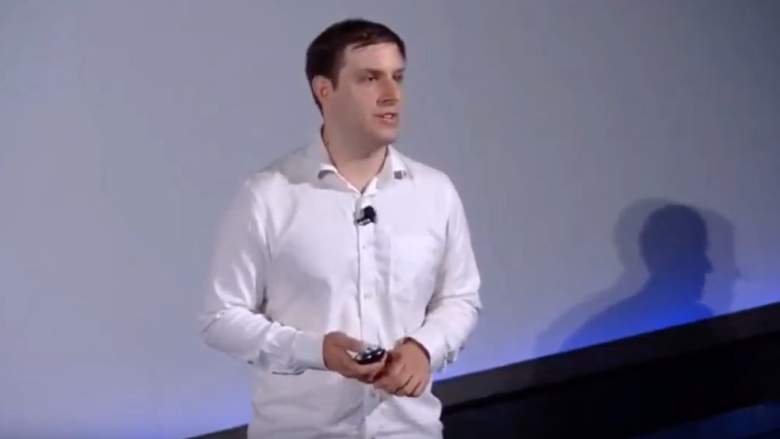
Neuralink
Elon Musk started the Neuralink presentation and then handed the presentation over to Max Hodak, a talented and intelligent entrepreneur who’s leading the brain interface company. Learn more about him here.
Max Hodak Graduated from Duke, Where He Started a Successful Company While Attending College
Max Hodak is the President of Neuralink. Hodak graduated from Duke in 2012 with a biomedical engineering degree. He started a MyFit company as an undergraduate to match students with companies. He ended up commuting from Silicon Valley to complete his degree, and sold MyFit to Naviance in 2010.
After that, he started a new startup called Transcriptic, focused on building better tools for scientists.
He said his success is because of two people who opened doors for him. He told Duke: “There were two people that I met in North Carolina who really opened a lot of doors. And a lot of that was luck. And the way I would look at that now is looking at it in terms of surface area. You definitely want to have a large surface area for exposure so people can find you.”
A lot of success, he said, also involves waiting and being ready to advantage of opportunities that find you.
When asked by Duke if students should stay in school or focus on their company he said the answer is both. It’s a false dichotomy that you have to choose.
When asked by Duke what advice he would give to other innovators, he said: “Don’t get hung up on the process of starting a company. … Just start on things you find interesting and if the market is there you can start making a company.
He’s Lighthearted on His Twitter & Facebook Feeds
Hodak has a Twitter feed here. He often posts about scientific topics, but sometimes he posts more lighthearted things.
And he likes Electric Dreams, which is indeed a great series.
Hodak also has a Medium blog that discusses entrepreneurship. His most recent article, from October 2016, is titled: “Fast Progress Requires Strong Gradients.” In May 2016 he wrote a note called “Don’t give up.”
He wrote, in part: “‘Don’t give up’ advice isn’t for when it’s obvious. ‘Don’t give up’ is advice for when that no longer seems like a good idea… Most of the time it’s easy to for entrepreneurs and small teams to be optimistic. ‘Don’t give up’ is usually a useless platitude. But when you read that and think, ‘no we’re totally screwed, there’s no coming back from this,’ then Don’t Give Up is for you. How much are you willing to fight to succeed?”
He’s pretty lighthearted on his Facebook.
And he had a positive suggestion for people who didn’t like Donald Trump’s election.
During the Neuralink presentation, Hodak explained that Neuralink came from a long history of academic research, like deep brain stimulation, cochlear implants, the Utah array, and neurostimulation for epilepsy. He said they’re not using one of these devices because the Utah array, for example, creates a strong immune response that can hurt the device over the years. Deep brain stimulators, meanwhile, are very different and focused on a different type of problem.
The device will be controlled through an iPhone app, he added. Learning to use it will be like learning how to use an arm for the first time.
It looks like big things are in store for Max Hodak’s future, if what he’s said about Neuralink is going to happen.